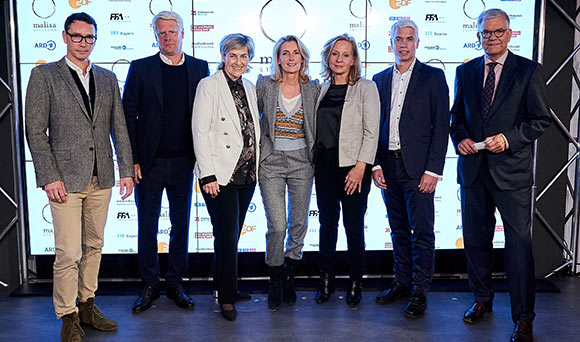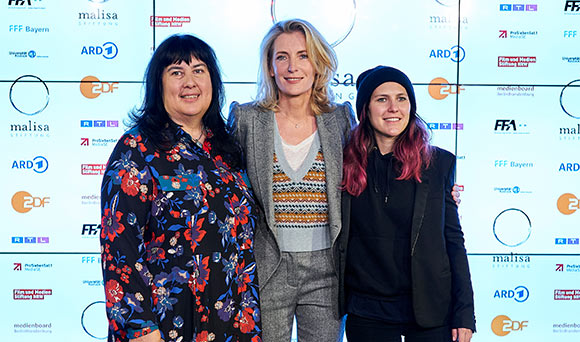PRESENTATION OF RESEARCH RESULTS ON VISIBILITY AND DIVERSITY ON TV

On 5 October, the MaLisa Foundation and its partner institutions published new research results on diversity in German television. The analysis covered the diversity aspects of gender, age, sexual orientation, attribution of origin and disability. Compared to the 2017 study, progress has been made with regard to gender distribution, but the results reveal further need for action for more on screen diversity.
After the first comprehensive study on “Audiovisual diversity” in 2017, Maria and Elisabeth Furtwängler’s MaLisa Foundation, together with the four major TV broadcasting groups and film funding bodies, again launched a study to measure developments in gender representation. In addition, further diversity aspects were taken into account for the current study. The results of the study “Visibility and Diversity: Progress Study on Audiovisual Diversity” with a focus on TV were presented today in Berlin.
The study provides an analysis of the protagonists and main characters in TV and children’s TV productions in 2020 with regard to gender, age, migration background, ethnic attribution, sexual orientation and disability. It was conducted under the direction of Prof. Dr. Elizabeth Prommer from the Institute for Media Research at the University of Rostock. Funding was provided by ARD, ZDF, ProSiebenSat.1 and RTL Deutschland, as well as the Film- und Medienstiftung NRW, the German Federal Film Board (FFA), the FilmFernsehFonds Bayern, the Medienboard Berlin-Brandenburg and the MaLisa Foundation.
The main results show:
- Gender distribution remains unbalanced. There are still approximately twice as many men as there are woman across all TV programmes.
- However, there are positive developments:
- In the fictional TV productions in 2020, the gender ratio is almost balanced.
- Compared to 2016, the age gap in TV fiction is getting smaller overall.
- In informational formats, men no longer explain the world alone.
- There is a need for action in the following fields:
- Men are still most often heard as experts – even in professional fields in which predominantly women work.
- There is a great inequality in the moderation of (quiz) shows.
- Children’s television is still unbalanced overall. In productions of 2020, however, more female protagonists and characters are visible.
- Disability, sexual orientation, migration background and attributions of ethnic origin are not as visible as they are distributed in the population.

The head of the study, Prof. Dr. Elizabeth Prommer, says: “We see that television programming still shows a predominantly white and male world. But: there is progress in individual areas. For example, almost the same number of women and men can be seen in the fictional TV stories. The proportion of protagonists who can be read as people with a migration background, black people or persons of colour is also highest here. These positive developments are most evident in the more recent productions of 2020.”
Maria Furtwängler, co-founder of the MaLisa Foundation, commented on the results: “I am pleased to see that there are positive developments towards more gender equality. At the same time, the study results show that we are still a long way from reaching our goal. For example, the fact that men are still by far outnumber women as experts in informational TV formats – even in professional fields in which women are predominantly active – puzzles me. There is also still a great imbalance in shows and in children’s TV. In terms of other diversity aspects, too, we are not yet as far along as one might think. This makes it all the more important to strengthen existing measures and to initiate further ones in order to better reflect the diversity of our society as a whole.”
A detailed summary of the results including graphics can be found here. The full results can be found here.